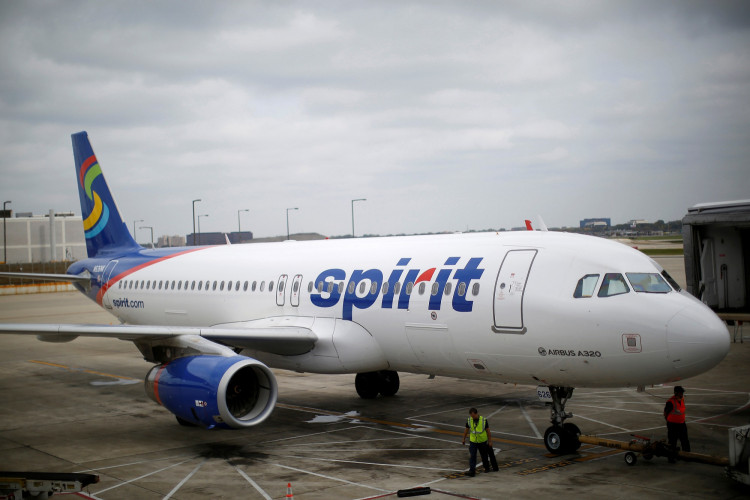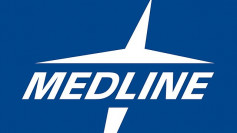Spirit Airlines, known for its ultra-low-cost fares, has revised its revenue expectations for the second quarter, attributing the downgrade to weaker-than-expected non-ticket revenue. This announcement, made on Tuesday, led to a significant drop in the airline's shares, which fell over 6% in after-hours trading.
The airline now anticipates its quarterly revenue to be $1.28 billion, a reduction from the previously projected range of $1.32 billion to $1.34 billion. The decrease in non-ticket revenue, derived from ancillary services such as baggage fees and seat selection, is seen as the primary factor for the revenue shortfall. According to Spirit, competitive market pressures have led to a reduction in this revenue segment, now estimated at $64 per passenger, several dollars below initial expectations.
Additionally, Spirit Airlines reported an expected $37 million in Aircraft on Ground (AOG) credit from Pratt & Whitney. This credit compensates the airline for the inability to use aircraft due to engine issues. Despite this compensation, the airline forecasts a negative adjusted operating margin between 13.5% and 12.5% for the quarter. If all AOG credits are recognized, this margin would improve to a range of negative 11.2% to 10.2%.
Spirit's challenges are compounded by broader industry issues. Shares of other airlines, including Southwest Airlines and JetBlue, also saw a decline of about 1% in after-hours trading following Spirit's announcement.
The airline's woes extend beyond revenue shortfalls. Spirit now expects an adjusted loss between $160 million and $173 million for the quarter ending June 30, compared to a prior estimate of no more than $145 million. This loss projection accompanies the revised revenue forecast of $1.28 billion, down from the previously forecasted minimum of $1.32 billion.
Spirit Airlines has recently revamped its ticket sales strategy, moving towards offering bundled packages that include services like seat assignments and carry-on bags, which were previously sold separately. This shift aligns Spirit's practices more closely with larger competitors and is part of its broader transformation strategy aimed at improving total revenue per passenger over time.
However, the airline is grappling with several significant challenges. The U.S. domestic market is currently oversupplied, which exerts downward pressure on fares and revenue. Additionally, an engine recall from supplier Pratt & Whitney has grounded dozens of aircraft, further straining operations. The fallout from a federal judge's decision to block JetBlue Airways' planned acquisition of Spirit earlier this year adds another layer of complexity to the airline's strategic planning.
In its investor update, Spirit acknowledged the adverse impact of these factors. "As the Company progresses on its transformation strategy, it anticipates that over time it will be able to drive improvement in total revenue per passenger segment," Spirit stated.
The broader implications of Spirit's revised outlook are also being felt across the industry. The announcement has sparked a reassessment of expectations for other budget carriers, highlighting the volatile nature of the airline market in the face of operational challenges and competitive pressures.
Looking ahead, Spirit Airlines must navigate these headwinds while continuing to refine its business model. The airline's ability to adapt and address both internal and external challenges will be crucial in determining its financial health and market position moving forward.
Despite the current setbacks, Spirit Airlines remains committed to its long-term transformation strategy. The company hopes that ongoing adjustments to its service offerings and operational efficiencies will eventually translate into a more robust revenue model and improved financial performance. However, the immediate outlook remains challenging as the airline works to stabilize its operations and regain investor confidence.






